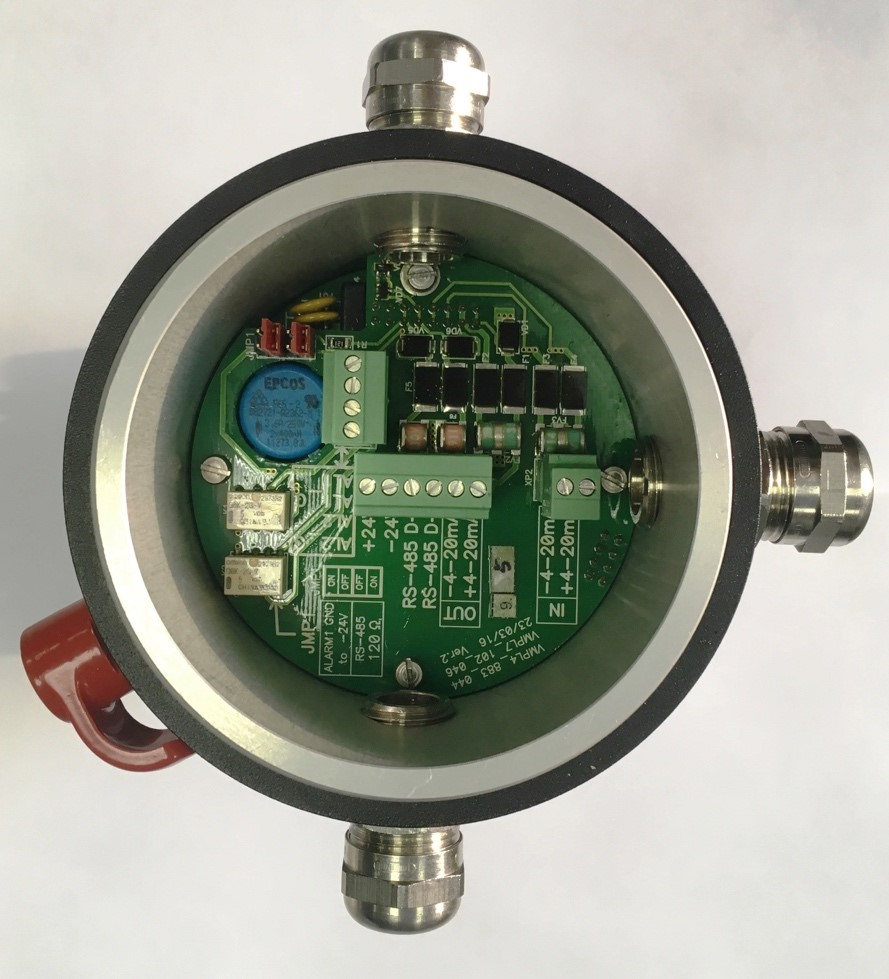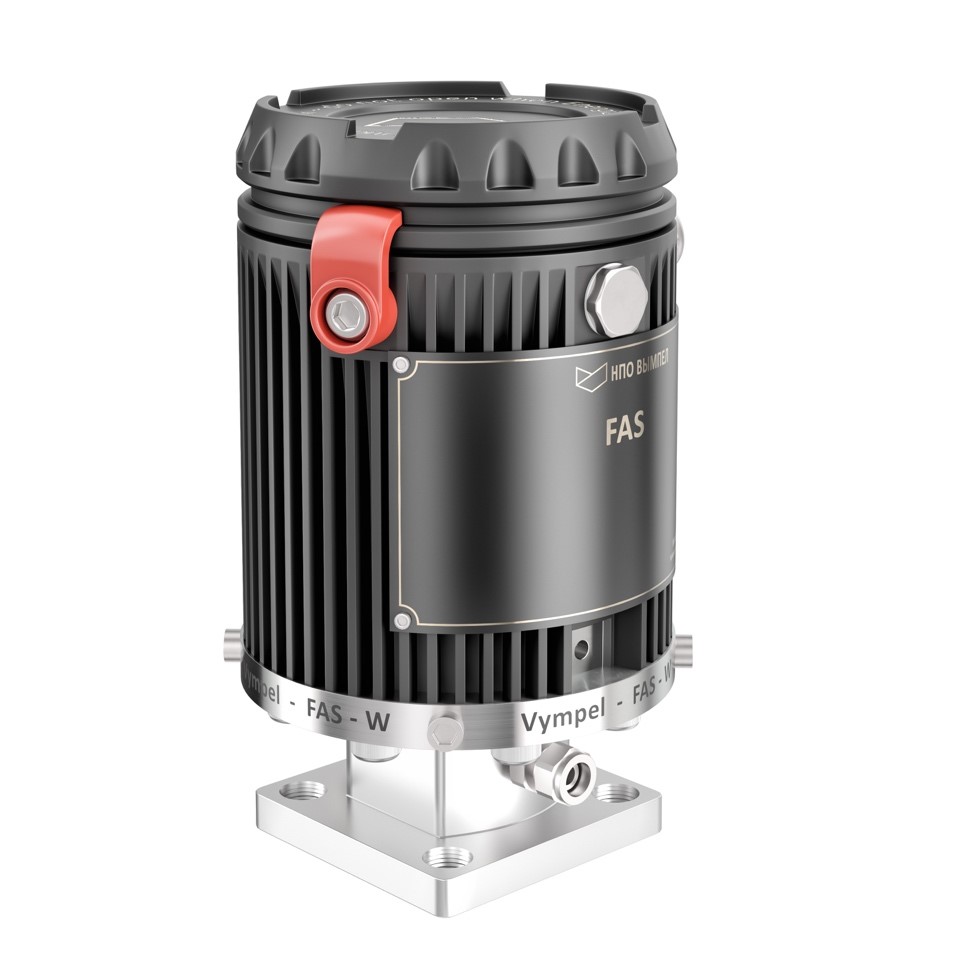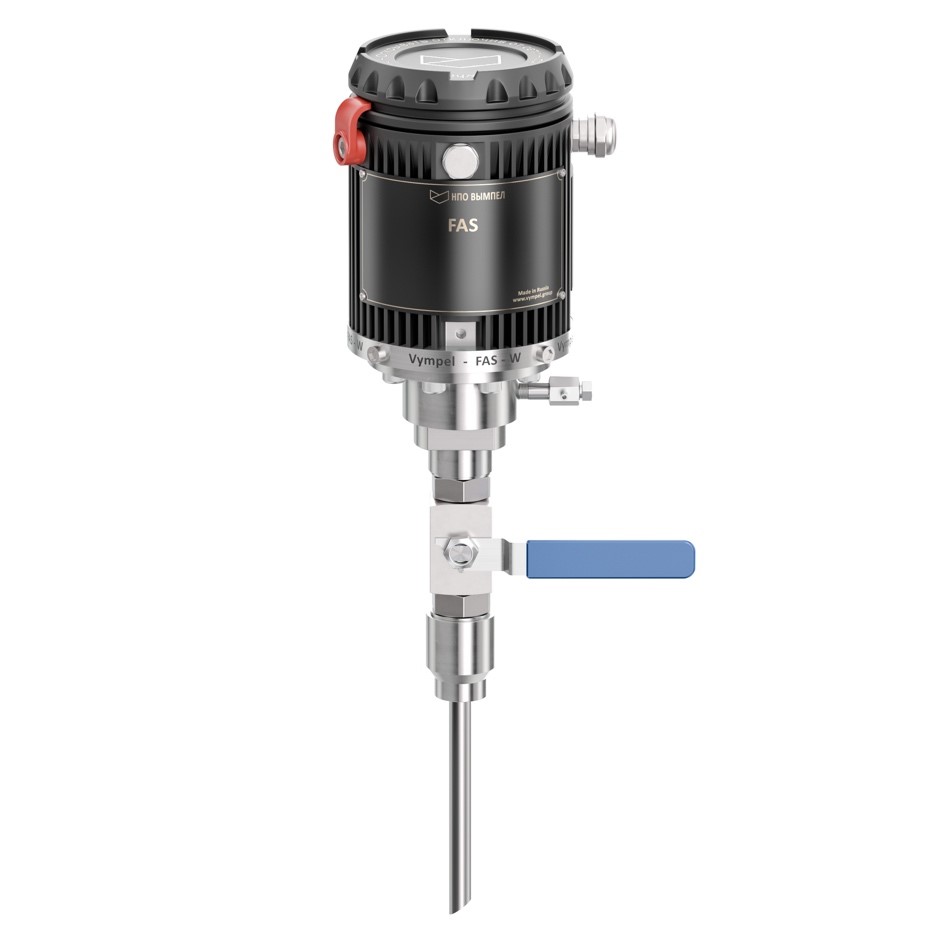Advanced Moisture Control in Dry Gas Applications
One of the greatest challenges confronting the oil and gas industry is the coming transition to vehicles powered by something other than gasoline or diesel. While various types of electric vehicles seem to grab most of the headlines, large numbers of compressed natural gas or CNG vehicles are quietly going into service in many countries around the world. Cities in China, Pakistan, India, Iran, Brazil, Thailand, USA, and Indonesia, to name just a few, are all experiencing significant increases in the number of CNG-powered vehicle registrations. Probably the most evident fleets of vehicles powered by CNG are buses. By switching their buses from diesel to CNG, city planners have helped to clean up the air in places that have traditionally been plagued by some of the worst pollution.
Compressed natural gas, in essence methane stored at high pressure, like gasoline and diesel, is a hydrocarbon fuel. But unlike liquid fuels (including LPG), CNG combustion produces less pollution and fewer greenhouse gases. In the event of a spill, CNG is less likely to catch fire because it is lighter than air and disperses quickly. Moreover, CNG can be used in a traditional internal combustion engine that has been modified to accommodate it or in vehicles specifically manufactured to run on CNG. Because it is in a gaseous state, CNG mixes with oxygen easily and uniformly to produce a more efficient and therefore more complete combustion. This is one of the main reasons it burns so much cleaner than gasoline or diesel.

A view “down the barrel” of the FAS-W. Like all Vympel analyzers, the FAS-W is designed with ease of installation and service in mind.
Another advantage CNG offers over traditional liquid hydrocarbon fuels relates to how it can be delivered. Instead of being limited to delivery by tanker truck, natural gas can be transported to a filling station via underground pipes at regular line pressure and compressed on site. Sources for the gas can be the normal commercial grade natural gas available through the gas distribution grid or biogas/biomethane produced locally. Pipeline delivery has the added benefits of reducing the number of trucks on the road and limiting the influence of weather and road conditions on fuel availability.
The advantages of CNG as a fuel are not in doubt. But one of the challenges is that the gas being compressed must be very dry. As an example, consider the requirements for CNG in the USA. The moisture content tolerance standard for regular natural gas delivered to a residence is 7 lbs/MMSCF (pounds per million standard cubic feet). At a given transportation pipeline pressure of around 300 psi (about 20 bar), the dew point is right about 13 °F or -10.5 °C. In other words, as long as the gas stays above this temperature, the water vapor in the gas will not change phase to liquid. But at 250 bar, the pressure for CNG, the dew point is 51 °F or 10.5 °C. That means that if the gas is any cooler than this, water will be present as a liquid. Under real world conditions this would probably result in liquid water dripping out of the filling nozzle. Therefore, regulations for the gas used for CNG require it to have a moisture content of 2 lbs/MMSCF or less. This corresponds to a maximum dew point temperature of -13 °F or -25 °C at 20 bar. In addition, at many locations delivery pressure is lower than 20 bar, in some cases as low as 1.5 to 2 bar. At these pressures, the dew point for gas with 2lbs./MMSCF of water is about -40 °C which is coincidentally also -40 °F. At 250 bar this gas would have a dew point of 15 °F or -9.5 °C.
One of the first things that the reader will observe is that the gas delivered from the grid will almost certainly require additional drying. As a result, moisture measurements will be required to confirm the humidity of the dried gas. In most situations, moisture control measurements are made at pipeline pressure, prior to compression for CNG. This is due to the pressure limitations of most online moisture analysis instrumentation. As is the case with almost all other moisture control applications, chilled-mirror analysis is the preferred technology for this situation.

FAS-W chilled-mirror dew point analyzer from Vympel
One reason for this is the need for long- term stability of measurement. Consider that every filling station offering CNG may require a drying unit and a moisture control measurement to ensure the CNG coming out of the “pump” is dry enough. If every moisture analyzer drifted out of calibration every few months, as would be the case with capacitive sensors, the cost of continuously replacing or recalibrating these units would be unsustainable... mostly due to the cost of the field technician. On the other hand, a chilled mirror analyzer does not drift, so recalibration and replacement are not an issue. That means a savings not only with respect to the cost of a technician but also the calibration gas or recalibration process that would be required at least 2 -3 times a year. In the case of a chilled-mirror device, the usual maintenance period is 1 year or more. Usually, this also does not mean recalibration. In most cases, confirmation of the calibration is sufficient along with a basic inspection of the device and cleaning of the mirror.

Vympel engineers developed the FAS-W to meet the evolving needs of the natural gas, hydrogen and process gas sectors.
But which chilled-mirror analyzer is best suited to this application. Until recently, there may have been some discussion on this point, but in 2018, the Vympel Group introduced their new FAS-W dew point analyzer. Perhaps the most compelling argument for this new analyzer is its ability to depress the temperature of the mirror by up to -95 °C below the housing or ambient temperature. This represents a 25 – 30% improvement over the previous state- of-the-art. In real terms, that means that the FAS-W can be set up with a measurement range of -80 °C to +30 °C. The ability to reach extremely low temperatures means that the FAS-W is extremely well-suited for measuring the dew point of exceptionally dry gas exactly what is needed for CNG applications.
Moreover, the high performance of the mirror- temperature regulation technology provides for cleaning temperatures between each measurement cycle of +80 °C. In other words, after each measurement the mirror is hearted to +80 °C in order to evaporate any condensation or contamination from the mirror. Until now, mirror cleaning temperatures have peaked at around +55 °C. A higher temperature ensures a more efficient removal of condensate from the mirror.
This in turns ensures the quality of the measurement and extends the period between service calls to clean the mirror. This feature is of particular value in situations where mirror contamination is of concern. And supplemental drying of natural gas to achieve CNG quality is just such a situation, due to the potential for carry over of glycol (TEG), which is used in common drying equipment.
The improvements in mirror temperature control alone make the FAS-W the clear choice for CNG applications, but there are other advantages of this device as well. For one, it is significantly smaller than other online chilled-mirror analyzers. As a result, installation of the FAS-W requires only slightly more space than would be required for a capacitive sensor. In addition, the minimal power requirements for the FAS-W are in line with all Vympel devises: 20 – 27 VDC and 15W or less of power consumption.
Another requirement worth considering with regard to a CNG dryer installation is the range of climate and weather conditions that a moisture analyzer may be exposed to. The FAS-W has an ingress protection or IP rating of 67, which is nearly the highest ingress protection available. This means that the analyzer will not be interfered with by exposure to environmental dust, even during a dust storm at a filling station somewhere in the American Southwest, nor will it be a problem for the analyzer to be pelted by driving rain at a station somewhere on the Indian subcontinent.
But the FAS-W was developed with more than one application in mind. In fact, flexibility and expanded applicability were two of the engineer’s main objectives during the design phase of the FAS-W’s development. With an eye to the future, Vympel realized that the “hydrogen economy” is just around the corner, and the need for moisture control in applications associated with that gas will surely be required. With this in mind, the FAS-W was designed to qualify for a IIC Ex- zone rating.

Where appropriate, the FAS-W can be outfitted for direct installation on a natural gas or hydrogen pipeline.
One other enhancement built into the FAS-W has to do with the need to report moisture content information in different terms for different applications and industries. Reporting the dew point in degrees Celsius is usually what is required for most applications in the natural gas industry. The analyzer can also report dew point in degrees Fahrenheit and Kelvin if needed. However, other industries as well as certain natural gas applications require moisture content to be reported in terms of volumetric fraction. With this requirement in mind, the engineers at Vympel designed the FAS-W to integrate pressure information from an online pressure transmitter installed adjacent to the analyzer in order to report water content in ppmv and mg/m3.
One final point about the FAS-W that is worthy of consideration is price. Even though the FASW has enhanced functionality compared to competing devices, the list price for Vympel’s new unit is just over half of what it would have cost to purchase a chilled- mirror device in the past.
This puts the FAS-W within financial reach of smaller gas suppliers, for example, biomethane producers. It also makes it fiscally possible for filling station operators to consider installation of a higher-grade quality control system that doesn’t relay on sensors, which drift and require constant recalibration and replacement.
With an eye to the future and a clear understanding of what end-users require today, with the FAS-W, Vympel engineers have delivered a chilled-mirror dew point and moisture analyzer that will provide the highest level of trouble-free quality control for applications, both new and traditional, for years to come.

Reminiscent of a star-filled sky, an image of water condensation on the surface of the FAS-W’s mirror.
